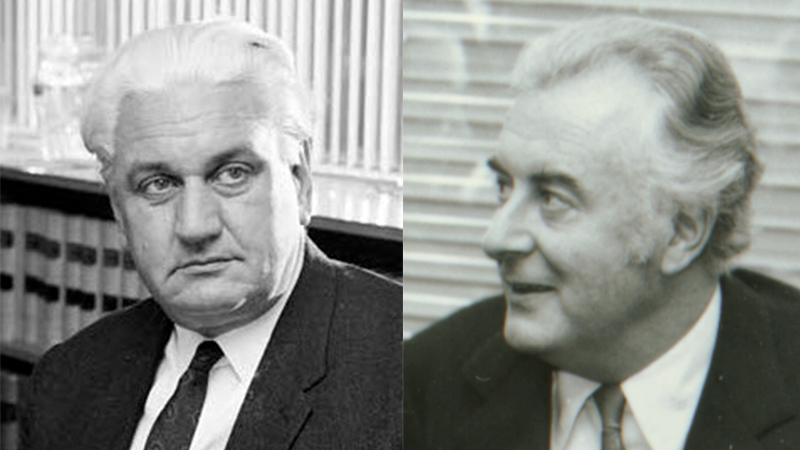The Palace Letters - what you need to know
Letters between Buckingham Palace and Governor-General John Kerr regarding the now infamous Whitlam dismissal have been release 45 years after the incident. So what do we need to know about these letters and why are they important?

